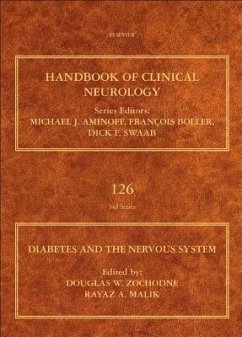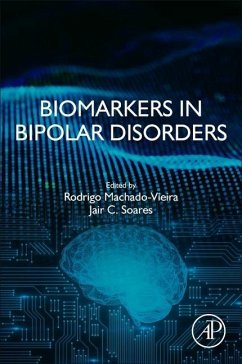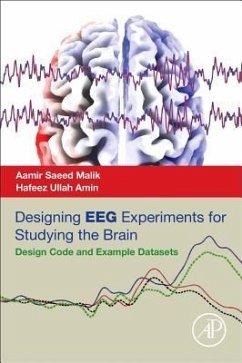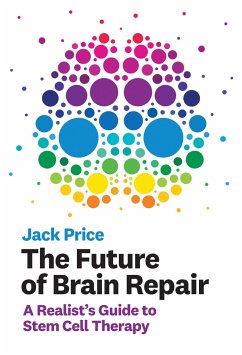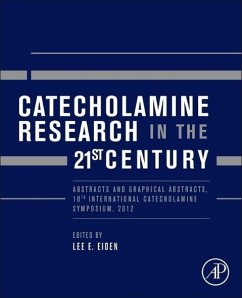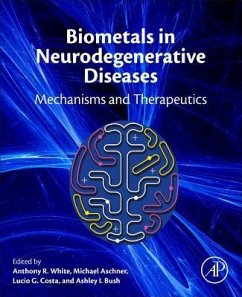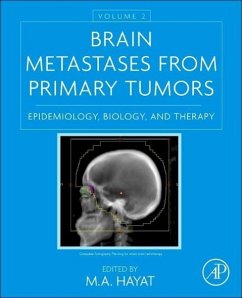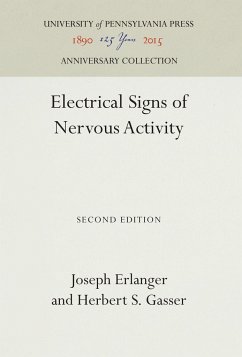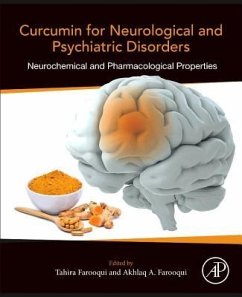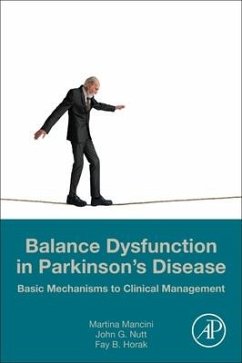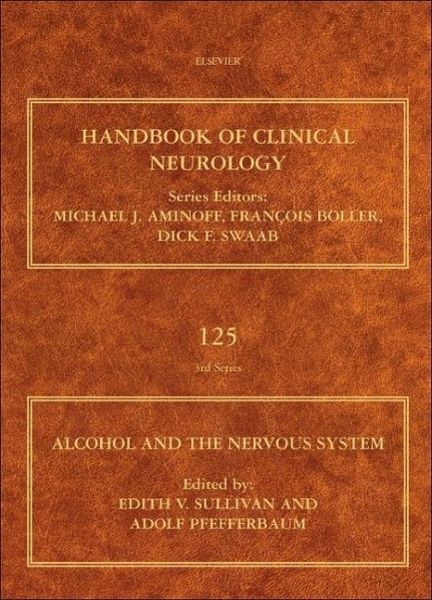
Alcohol and the Nervous System
Volume 125
Herausgegeben: Sullivan, Edith V.; Pfefferbaum, Adolf

PAYBACK Punkte
82 °P sammeln!
Alcohol is the most widely used drug in the world, yet alcoholism remains a serious addiction affecting nearly 20 million Americans. Our current understanding of alcohol's effect on brain structure and related functional damage is being revolutionized by genetic research, basic neuroscience, brain imaging science, and systematic study of cognitive, sensory, and motor abilities. Volume 125 of the Handbook of Clinical Neurology is a comprehensive, in-depth treatise of studies on alcohol and the brain covering the basic understanding of alcohol's effect on the central nervous system, the diagnosi...
Alcohol is the most widely used drug in the world, yet alcoholism remains a serious addiction affecting nearly 20 million Americans. Our current understanding of alcohol's effect on brain structure and related functional damage is being revolutionized by genetic research, basic neuroscience, brain imaging science, and systematic study of cognitive, sensory, and motor abilities. Volume 125 of the Handbook of Clinical Neurology is a comprehensive, in-depth treatise of studies on alcohol and the brain covering the basic understanding of alcohol's effect on the central nervous system, the diagnosis and treatment of alcoholism, and prospect for recovery. The chapters within will be of interest to clinical neurologists, neuropsychologists, and researchers in all facets and levels of the neuroscience of alcohol and alcoholism.




